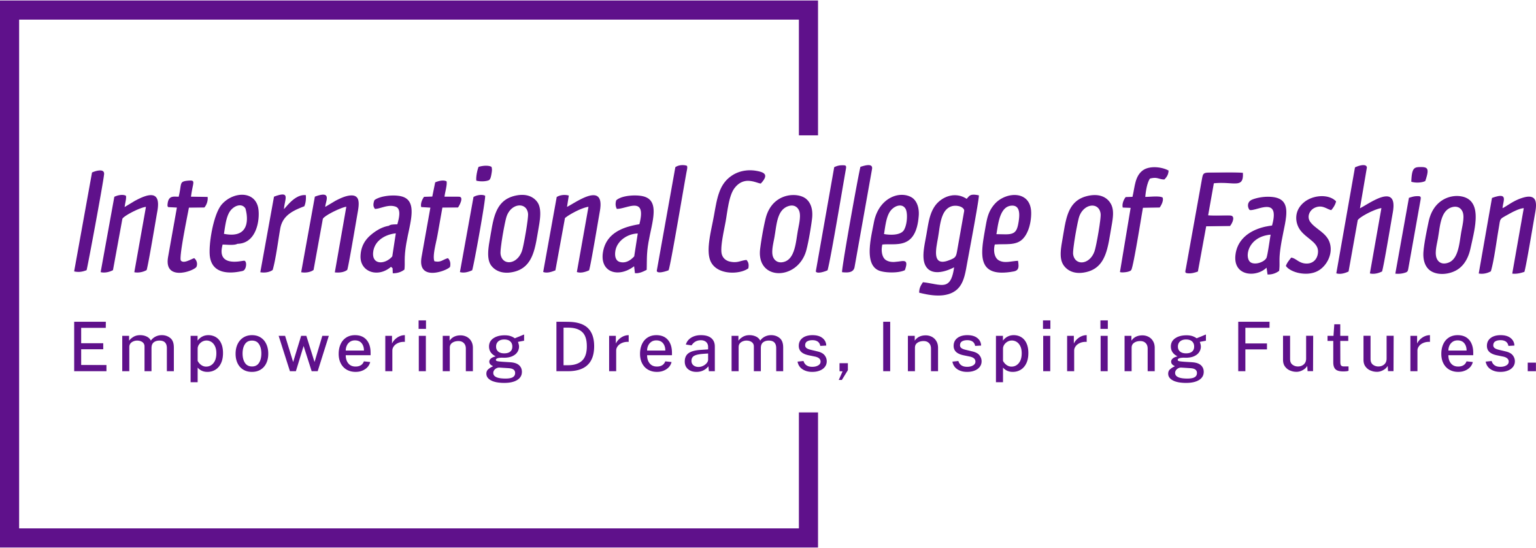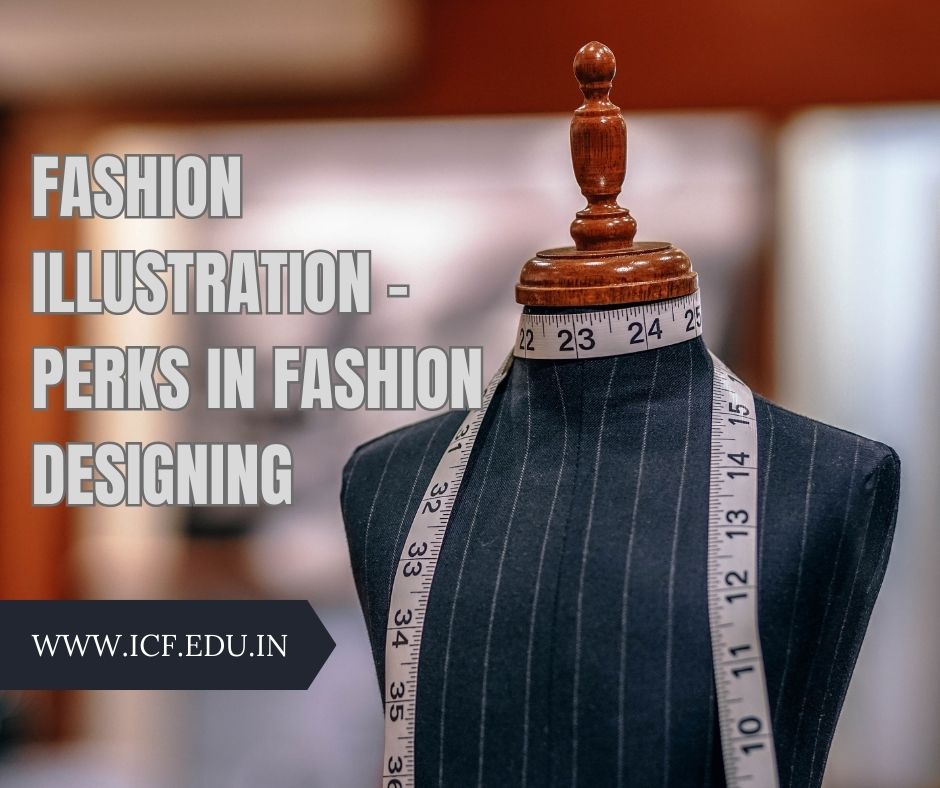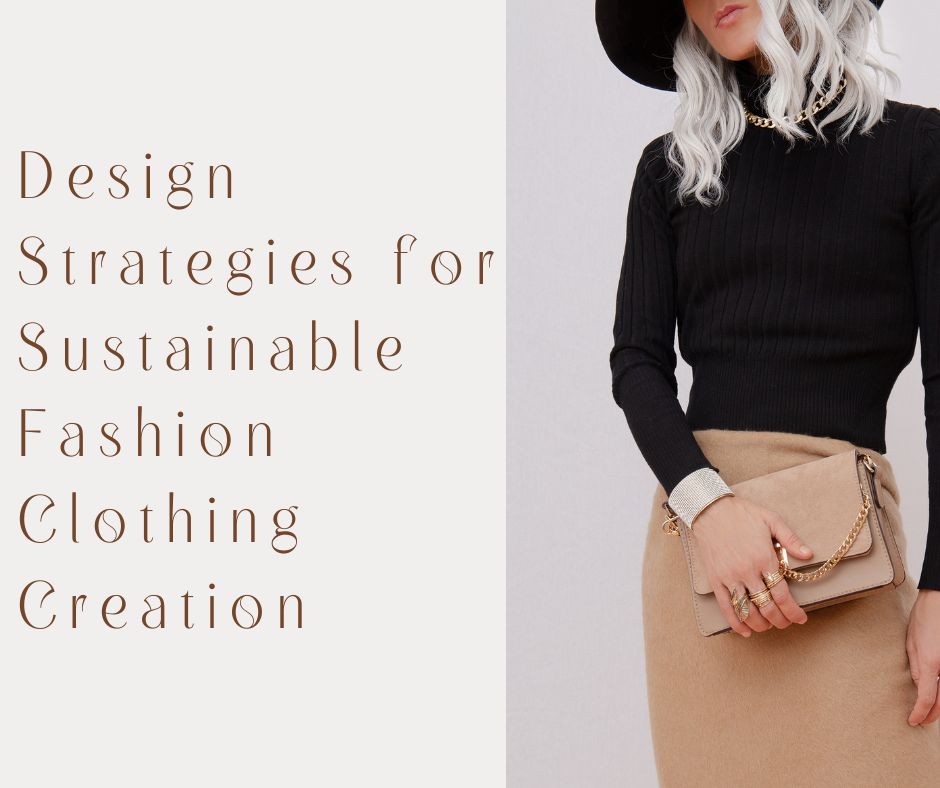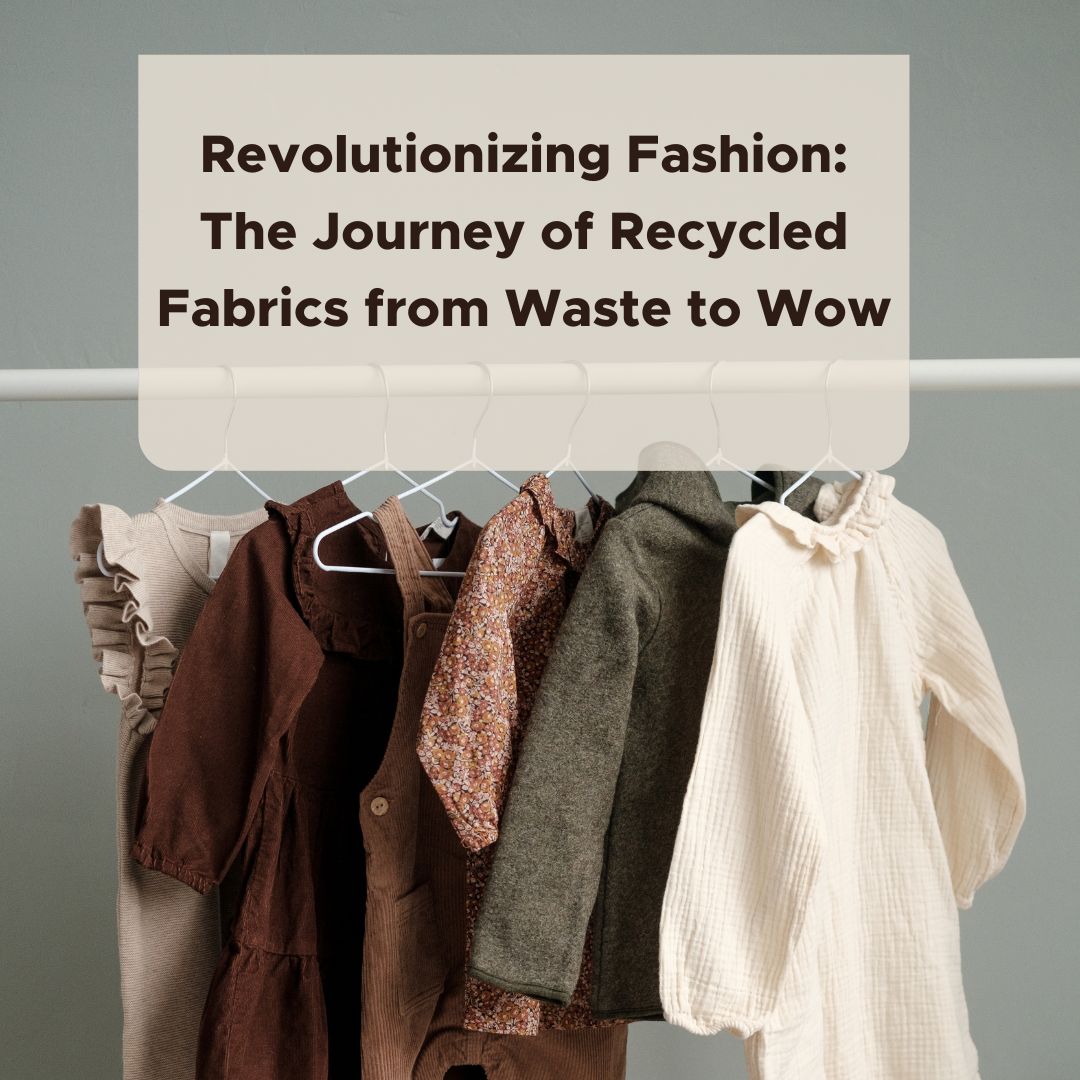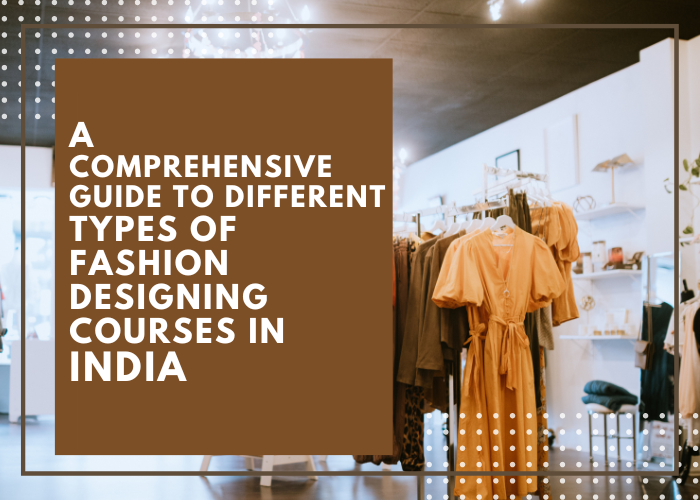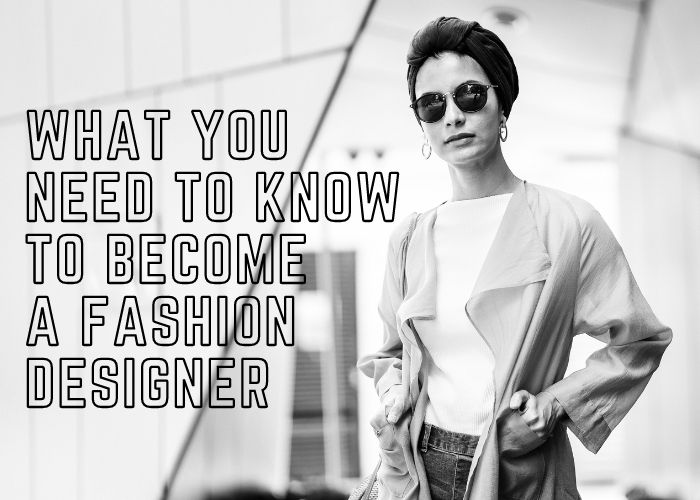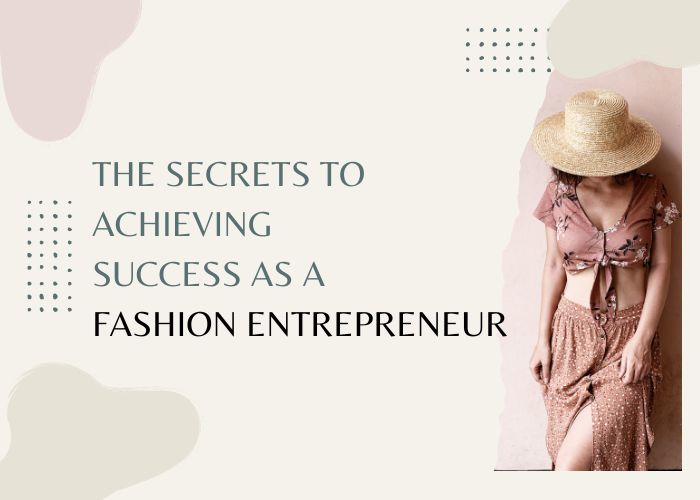Exploring the Latest Trends and Innovations in the Fashion Industry
Fashion design represents an ongoing creative process that consistently adapts to shifting consumer tastes and technological advancements. As we embark on a new era of fashion, designers rigorously explore cutting-edge trends and innovations to develop distinctive and captivating design concepts that resonate with consumers. The fashion industry is wholeheartedly adopting […]
Fashion Illustration – Perks in Fashion Designing
Fashion illustration is the art of creating visual representations of fashion designs using various mediums and techniques, such as pencil and paper, watercolors, markers, or digital tools like Adobe Photoshop and Illustrator. Fashion illustrations are used to communicate design ideas to clients, manufacturers, and other stakeholders in the fashion industry. […]
Fashion Designing and the Fancy Jargons
The world of fashion design is rich, diverse, and constantly evolving. For those pursuing a career in fashion design, understanding industry-specific terminology is vital for effective communication and professionalism. Mastering the jargon used in the fashion industry not only enhances your credibility but also helps you navigate the world of […]
Productivity Apps for Professionals: Unlocking Your Innovative Potential
In the fast-paced and competitive world of fashion design, organization and productivity are essential for success. As a professional in this field, juggling various tasks and deadlines while maintaining a creative edge is crucial. This is where productivity apps can play a significant role, helping streamline tasks, enhance creativity, and […]
Design Thinking in Fashion Designing: Approaches and Applications
Fashion design is a rapidly growing industry, and with the ever-increasing competition, fashion designers need to be innovative and creative to stay ahead. Design thinking has emerged as a new approach to fashion design, offering a fresh perspective and allowing designers to create products that meet the needs of their […]
Design Strategies for Sustainable Fashion Clothing Creation
Sustainable clothing creation not only helps reduce the environmental impact of fashion but also meets the growing demand for eco-friendly products among increasingly conscious consumers. In this blog post, Students pursuing a career in fashion design will explore various design strategies for sustainable clothing creation Sustainability has become a buzzword […]
Revolutionizing Fashion: The Journey of Recycled Fabrics from Waste to Wow
The fashion sector is well-known for being one of the most polluters on the planet, with apparel and textile production considerably impacting environmental degradation. As customers become more conscious of fast fashion’s detrimental impact, there is a growing desire for sustainable and eco-friendly alternatives. Incorporating recycled textiles into designs is […]
A Comprehensive Guide to Different Types of Fashion Designing Courses in India
In India, many individuals aspire to become fashion designers, as this profession is highly valued. Due to the growing demand for fashion designers in the nation, numerous students are exploring various fashion design courses. Students interested in pursuing a career in fashion design have a wide range of options, including […]
What You Need to Know to Become a Fashion Designer
With originality, invention, and a keen sense of fashion, fashion design is a rewarding career path. Designers are expected to keep up with the most recent trends while developing their distinctive perspectives because the sector constantly changes. Becoming a fashion designer requires passion, dedication, and hard work. This blog will […]
The Secrets to Achieving Success as a Fashion Entrepreneur
Becoming a successful fashion entrepreneur requires a lot of commitment, imagination, and hard work in the extremely competitive fashion industry. If you want to start a fashion business, you undoubtedly want to know what it takes to succeed. There isn’t a one-size-fits-all recipe for success, but a few essential components […]
